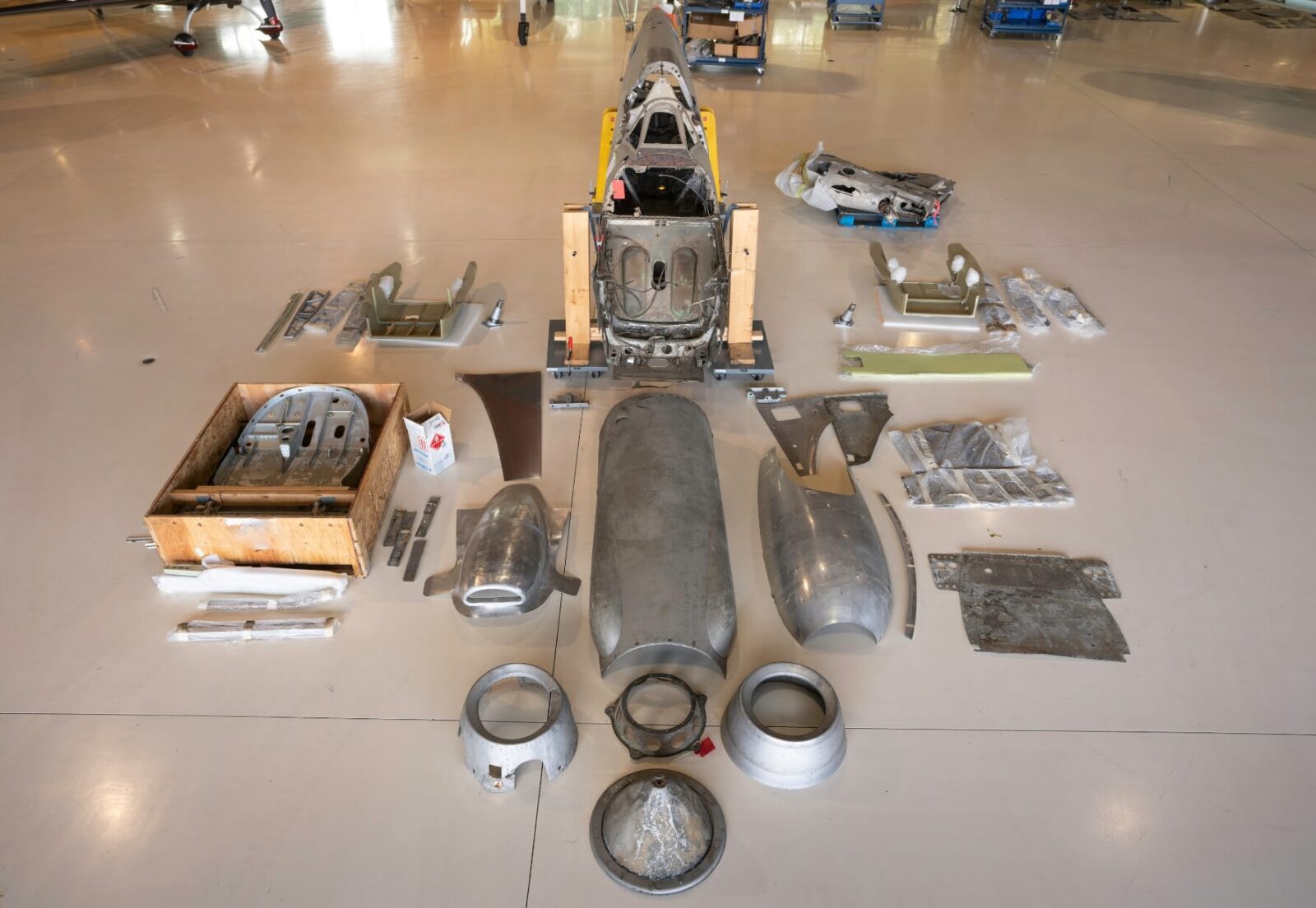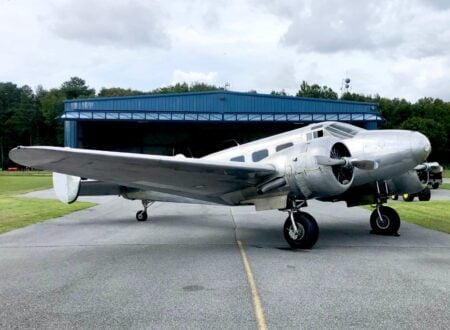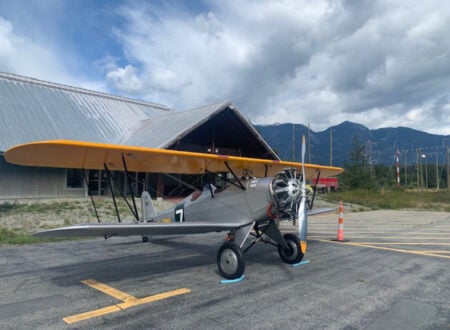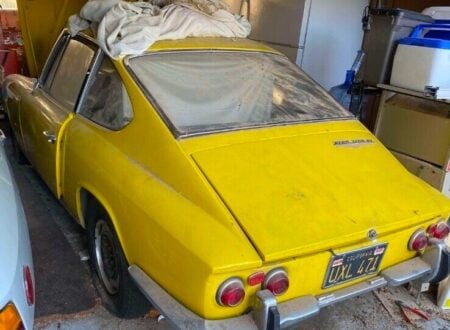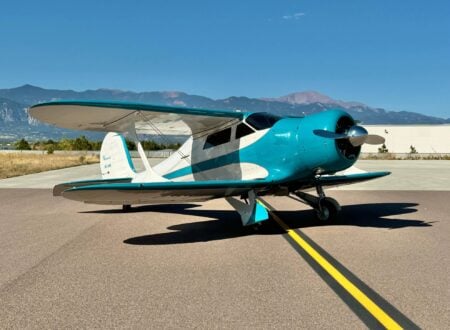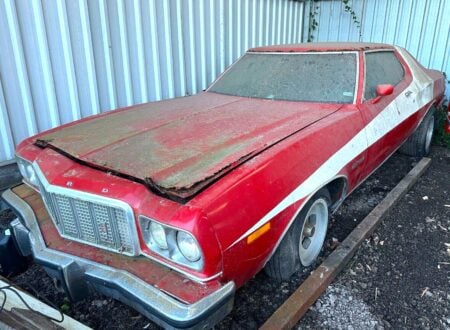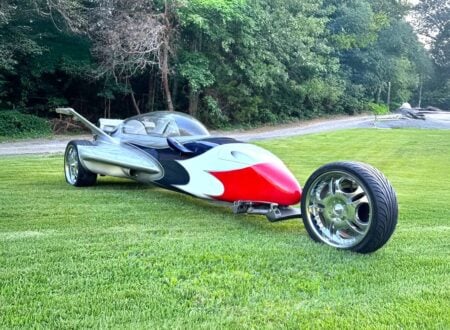The airframe you see here is a 1944 Supermarine Spitfire XIVe that originally saw combat with the No. 322 (Dutch) Squadron East Sussex during WWII. It later served with No. 350 (Belgian) Sqdn and the No. 451 (Australian) Sqdn.
Its history after the war becomes somewhat murky, as it did for many other warbirds, but it is known that it ended up in Thailand where it would eventually be recovered in its current condition. It’s now being offered for sale in the hopes that a new owner will restore it, or have it restored, and return it to the sky.
Fast Facts: A Supermarine Spitfire Project Plane
- This 1944 Supermarine Spitfire XIVe, serial RM747, is an original wartime airframe that flew with No. 322 (Dutch) Squadron before transfer to No. 350 (Belgian) Squadron for “Anti-Diver” V-1 interception patrols in August 1944, and later joined No. 451 (Australian) Squadron in mid-1945 as part of the British Occupation Forces in Germany.
- After sustaining Category B damage and being repaired by Air Service Training at Hamble, RM747 was stored at RAF High Ercall in July 1945. It was later sold to Vickers-Armstrong in 1950, reconditioned, flight-tested as G-15-115, and exported to Thailand where it flew under the serial U14-5/93 before its eventual recovery decades later.
- The aircraft type itself, the Spitfire Mk XIV, was powered by the 36-liter Rolls-Royce Griffon 65 producing over 1,700 bhp, giving it a top speed of 446 mph and climb rate exceeding 5,000 ft/min. It had a five-blade propeller, enlarged tail surfaces, and strengthened airframe to manage the Griffon’s torque – making it one of the fastest piston-engined Spitfires built.
- RM747 now remains a project-grade restoration candidate offered through Platinum Fighter Sales at £350,000 (≈ US $472,000). While incomplete, it’s a rare surviving example of a genuine Mk XIVe combat veteran with confirmed wartime service in three Allied squadrons and postwar history spanning Europe, Southeast Asia, and the Pacific.
History Speedrun: The Supermarine Spitfire
When the Supermarine Spitfire first took to the air in March 1936 it represented the very cutting edge of British aviation design – an elegant, all-metal monoplane conceived by R. J. Mitchell to meet the Air Ministry’s call for a new interceptor aircraft.
Above Video: This is by far the best rundown on the history of the Spitfire and its major evolutions, created by the British Imperial War Museum.
Supermarine, previously known for racing seaplanes like the Schneider Trophy-winning S.6B, used that competition experience to shape what would become Britain’s most iconic fighter of the Second World War. The Spitfire’s purpose was clear from the start – to defend British skies against fast, high-flying bombers as well as agile fighter aircraft, and to outperform anything the Luftwaffe could field.
Its elliptical wing, perhaps the aircraft’s most recognizable design cue, wasn’t just aesthetic. The shape minimized drag while allowing for thin wingtips and exceptional low-speed handling. Up front sat the heart of the design – the Rolls-Royce Merlin, a 27 liter V12 producing around 1,030 bhp in early versions and vastly more in later versions.
Combined with the Spitfire’s lightweight, aluminum stressed-skin construction, the Merlin V12 gave the fighter an extraordinary power-to-weight ratio for its time. The result was speed, agility, and climb performance that immediately impressed the RAF test pilots who were lucky enough to climb in behind the controls and take it up.
By August 1938, the first production Spitfire Mk I entered service with No. 19 Squadron at Duxford. It carried eight .303 Browning machine guns and could reach 355 mph when at altitude. When WWII started in 1939, the Spitfire and the Hawker Hurricane formed the backbone of Fighter Command.
Though Hurricanes claimed more kills during the Battle of Britain due to their higher numbers, it was the Spitfire that captured the public imagination – its distinctive elliptical-wing-silhouette against the sky became an easily recognizable symbol of British resistance.
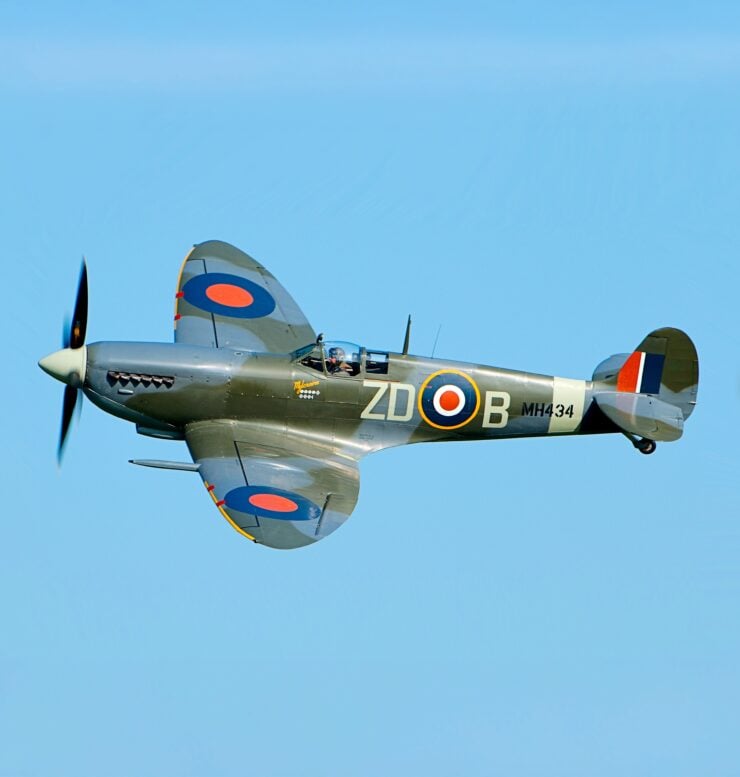

Throughout the war, the Spitfire evolved continuously to counter ever-improving enemy aircraft. Major variants included the Mk V which arrived in 1941, introducing the two-stage supercharged Merlin 45, boosting power to 1,440 bhp and pushing top speed past 370 mph. It was the most widely produced variant of the war, fighting everywhere from North Africa to the Pacific.
The Mk IX soon followed, essentially a stopgap to match the German Focke-Wulf Fw 190. Fitted with the two-stage Merlin 61, it became one of the most balanced fighters of the era – capable of 409 mph and equally effective at high altitude and in low-level dogfights.
Later marks saw even more drastic performance jumps – the Griffon-powered versions, beginning with the Mk XII, arrived in 1943 with 36 liter Rolls-Royce Griffon V12 engines producing over 1,700 bhp. The Mk XIV, with its five-blade propeller and further increased power output, could reach 446 mph and climb at over 5,000 feet per minute – numbers comparable to the P-51D Mustang and faster than many German late-war interceptors.
These later aircraft required structural changes including lengthened noses, enlarged vertical tails, and modified cowlings to better manage the Griffon’s torque.
The Spitfire’s versatility extended well beyond pure fighter roles – there were photo-reconnaissance variants, stripped of armament and fitted with extra fuel tanks that operated deep over enemy territory. Seafire naval versions served aboard Royal Navy carriers, often with clipped wings for deck handling. The high-altitude HF Mk VII demonstrated just how adaptable Mitchell’s original airframe was – it would be re-engineered again and again without losing its core characteristics.
By the time production ended in 1948, more than 20,300 Spitfires had been built across 24 marks, not including the naval Seafire. They served in almost every theater of the war, from the Channel coast to Burma and North Africa, and they continued in RAF service into the early 1950s. Even as jets arrived, the Spitfire’s reputation lived on.
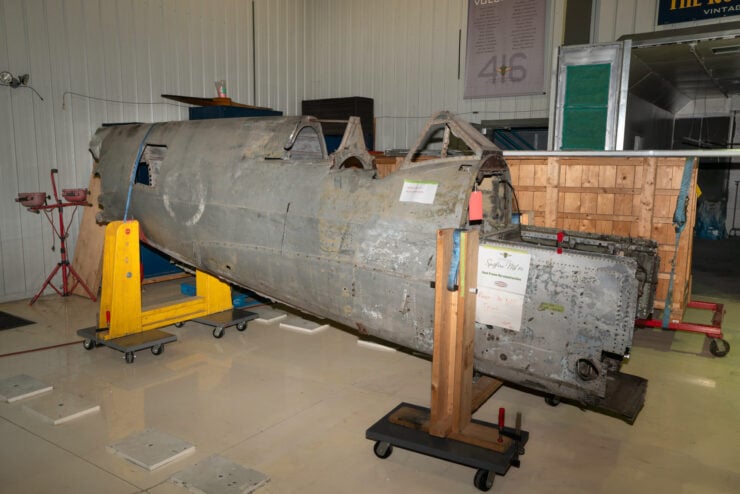

Surviving Spitfires remain in flying condition across museums and private collections worldwide, each one a link to a moment when a nation’s fate rested on wings that combined design flair and state-of-the-art engineering with sheer British grit and determination.
The 1944 Supermarine Spitfire XIVe Project Plane Shown Here
Rather than attempting to rewrite the history of this aircraft and perhaps making a dog’s breakfast of it, we’ve posted the official history from the listing in full below:
“RM747 was issued to No. 322 (Dutch) Sqdn at Deanland near Hailsham, East Sussex, on 5 August 1944 but that unit exchanged its aircraft with those of No. 350 (Belgian) Sqdn at Hawkinge on 9 August. After a very short time No. 350 Sqdn engaged incoming V-1’s on “Anti Diver” patrols and RM747 was first flown as such by F/O Verpoorten on the afternoon of 13 August. It is believed to have been coded “MN-D”. Its last sortie with No. 350 was in the late afternoon of 31 August when the squadron provided top cover for a force of 100 Lancasters bombing St Omer.
Although there is no record of any damage being incurred, RM747 is thought to have sustained Cat. B damage on or about 1 September and was dispatched to Air Service Training, probably at Hamble, for repairs on 9 September. The repairs were not completed until 10 March 1945 and it is interesting to note that RM873 was also receiving attention at AST between 8 December 1944 and 15 January 1945.
RM747 was allocated to No. 451 (Australian) Sqdn on 29 June 1945. The unit was part of the British Occupation Forces and was based at Fassberg, Germany, until disbanded the following month, RM747 returning to the U.K. for storage at No. 29 M.U., High Ercall, on 29 July 1945. RM873 meanwhile remained in Germany with No. 401 “Ram” Sqdn RCAF until it was returned to Brize Norton on 20 March 1946, joining RM747 at High Ercall a month later.
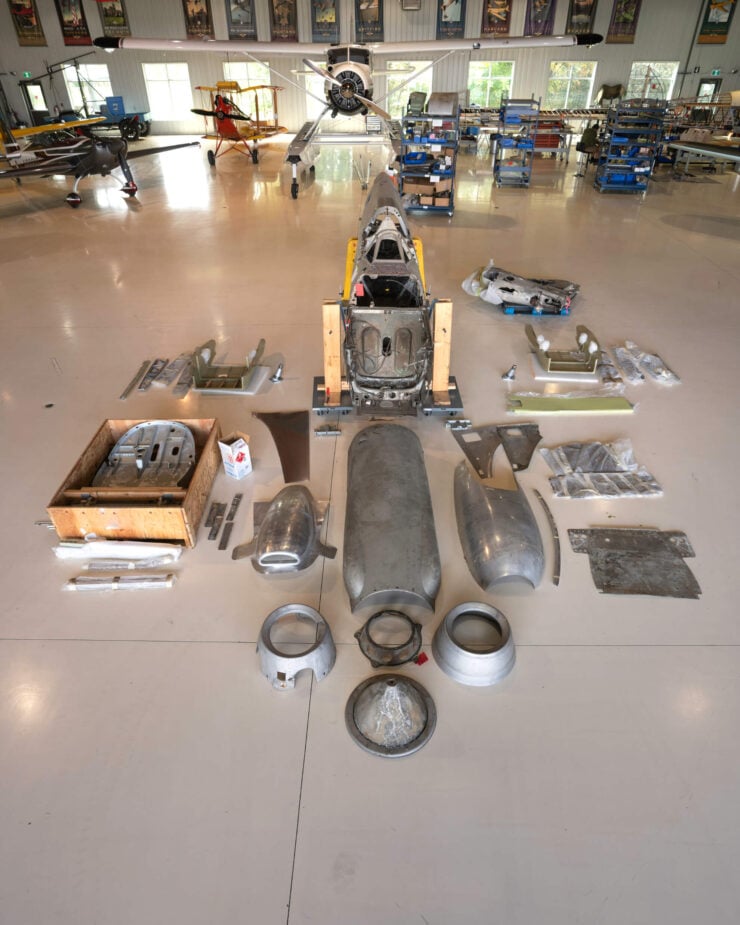

From “Spitfire Survivors–Volume II:” The Spitfire was selected for sale to Vickers Armstrong in May 1950 and following reconditioning it now becomes clear that it was RM747 which was air-tested as G-15-115, before taking up the Thai serial U14-5/93. RM747 was recovered in Thailand and shipped to New Zealand and then onto the United Kingdom where it was the sold to the current owner.
This Spitfire project plane is now being offered for sale on Platinum Fighter Sales here with an asking price of £350,000 or approximately $472,000 USD, and you can visit the listing here.
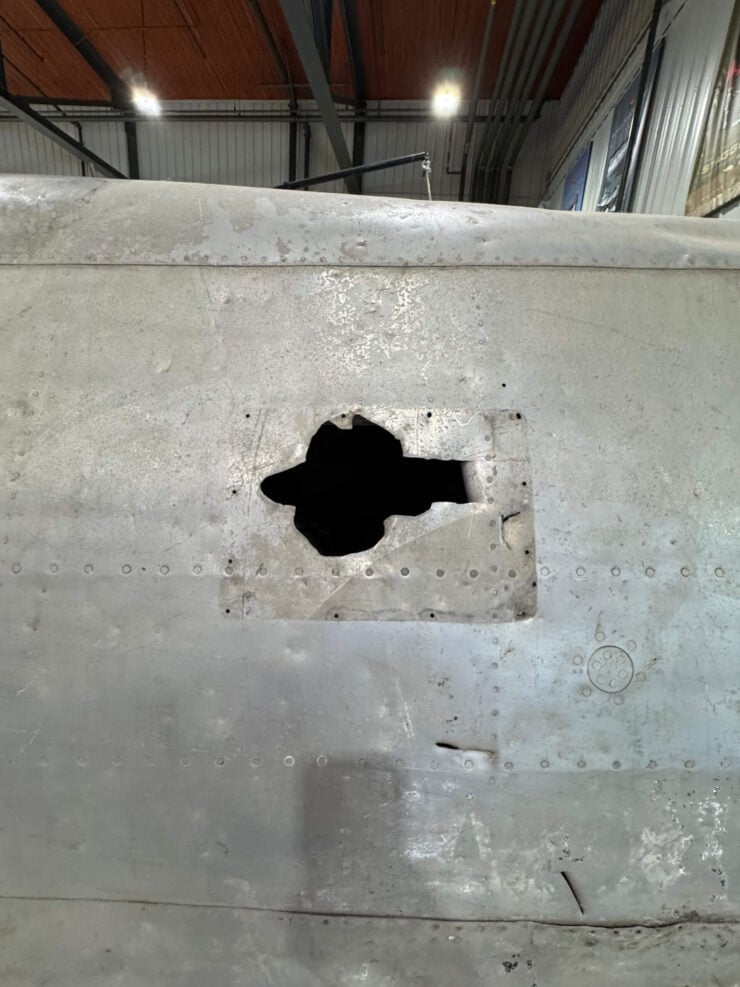
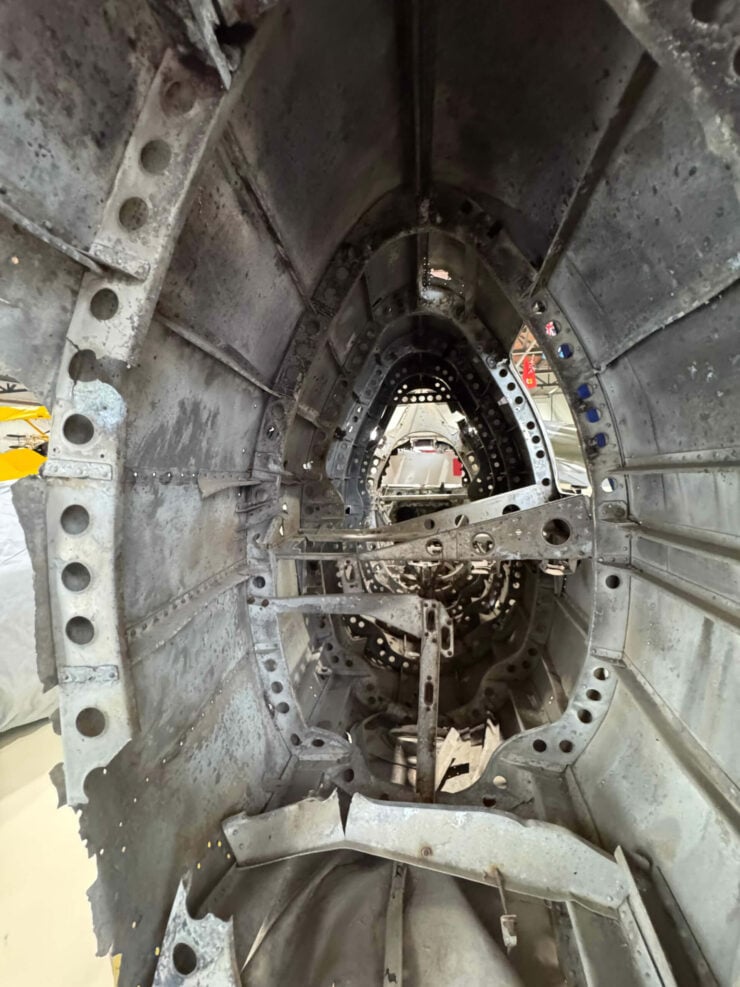
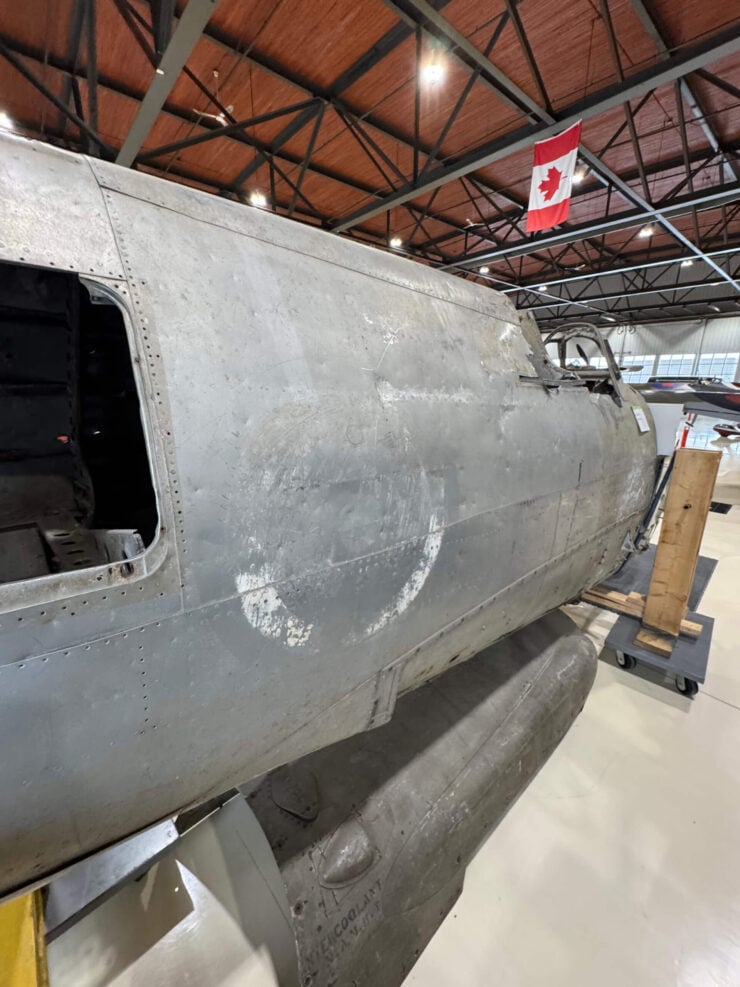
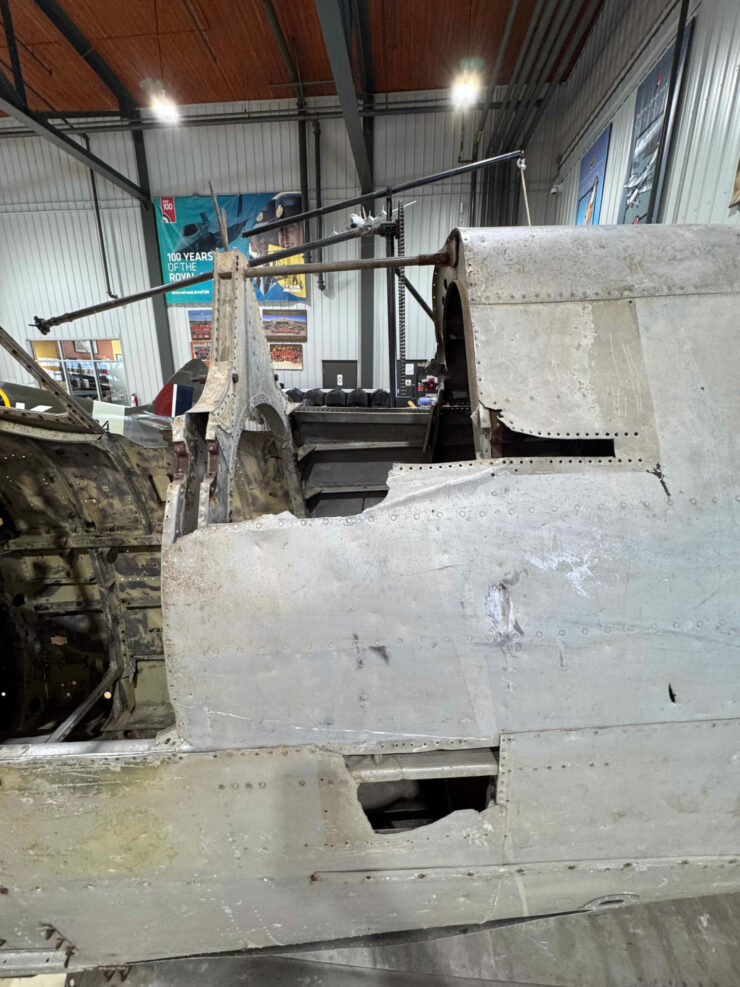
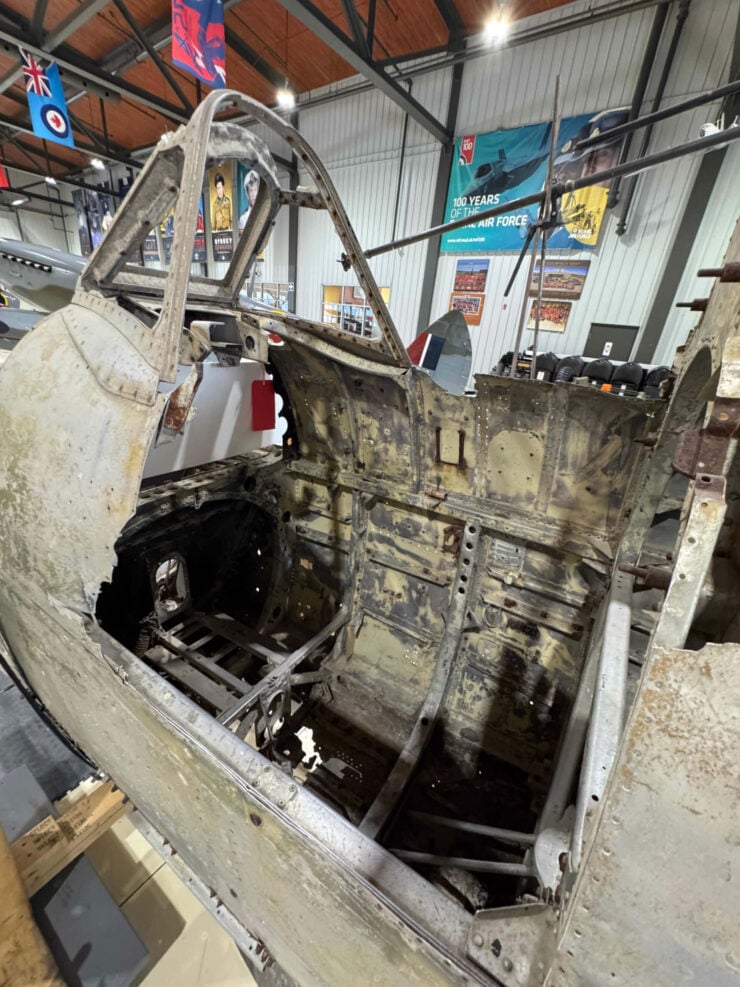
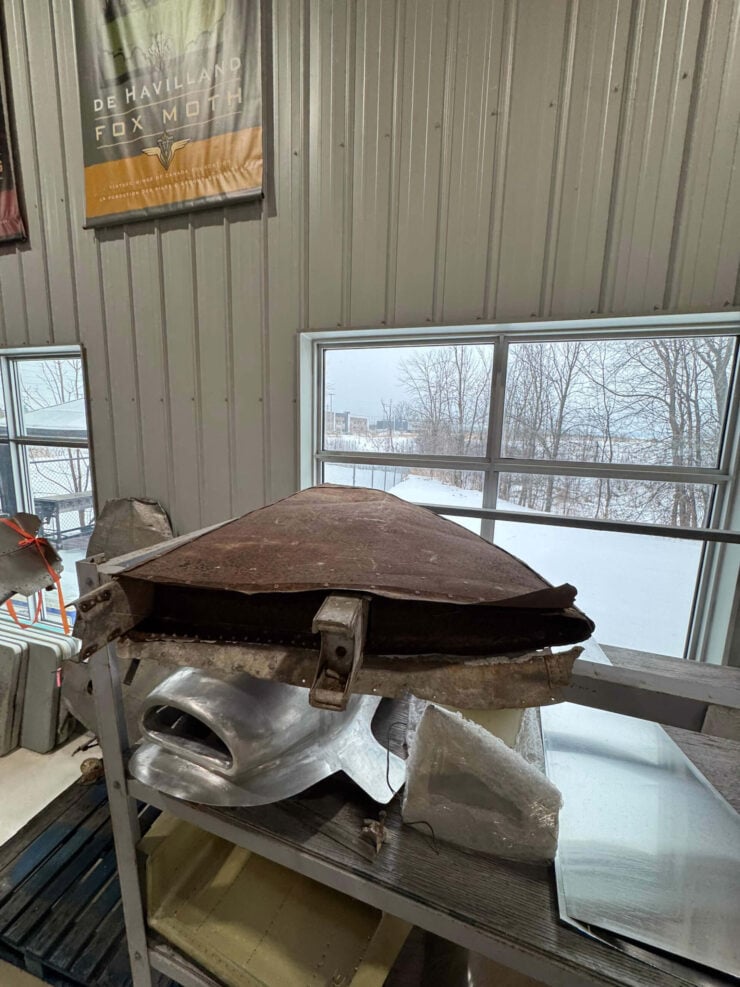
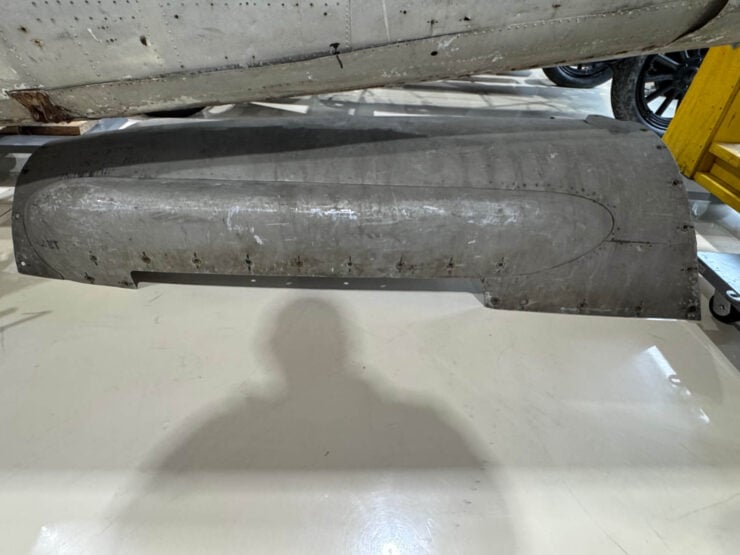
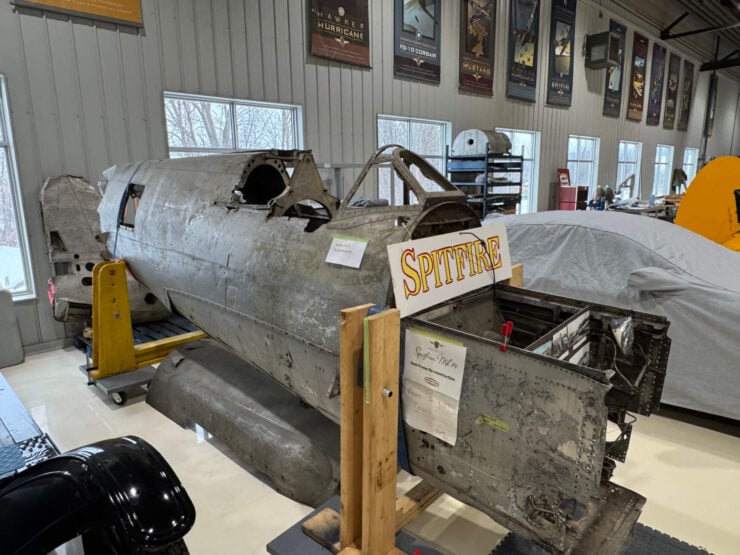
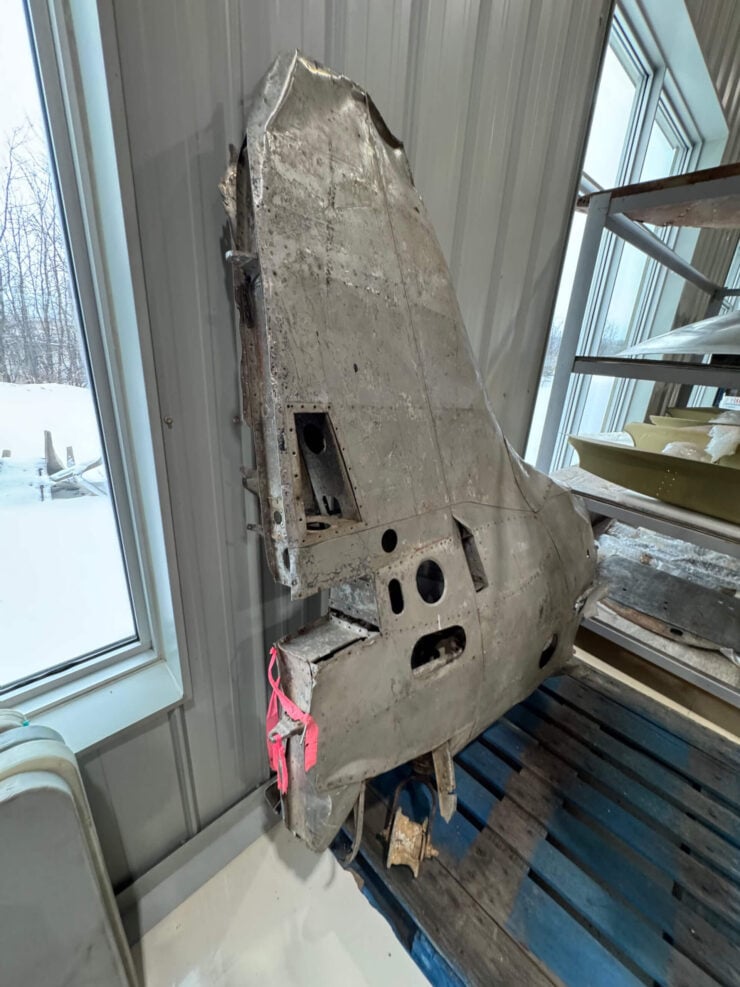
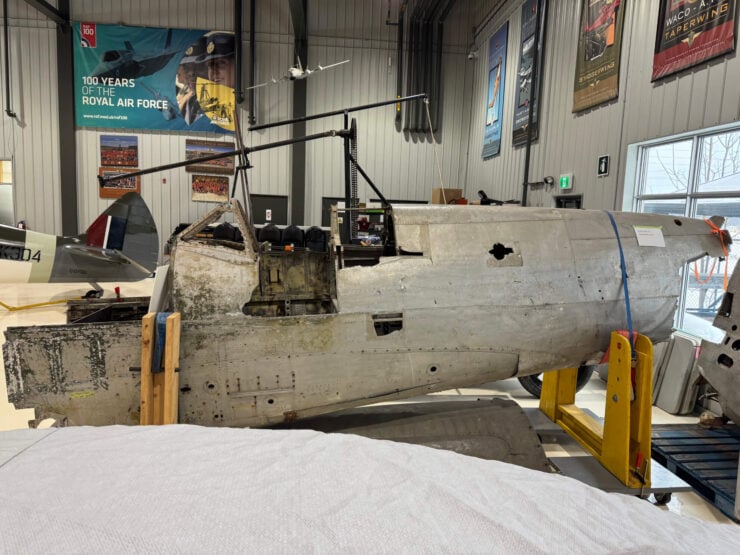
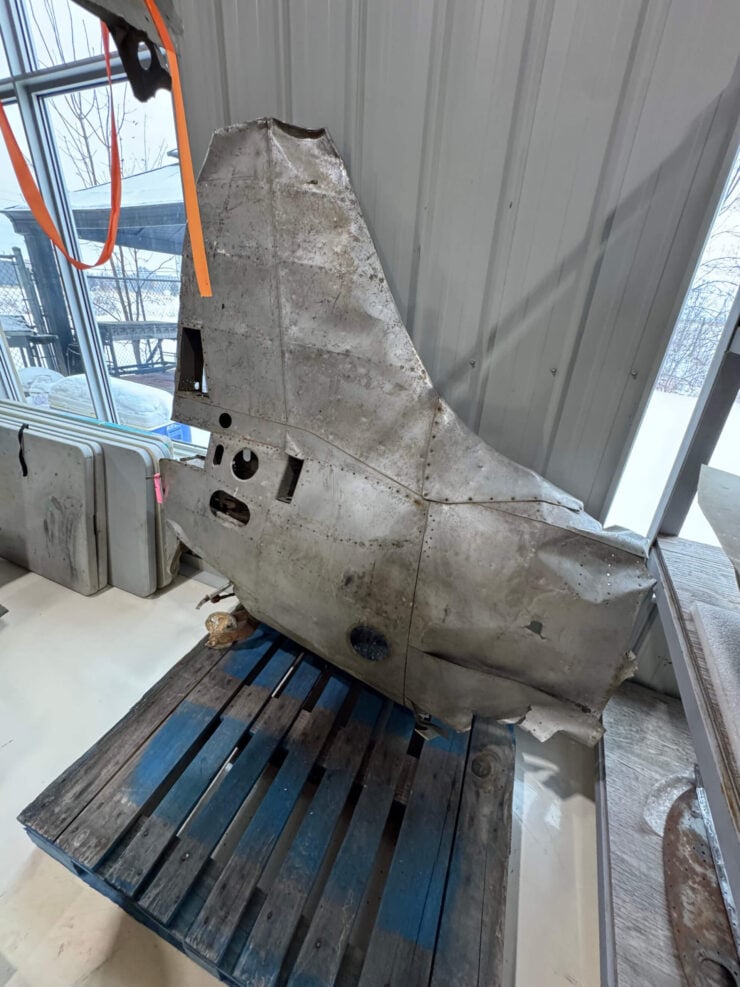
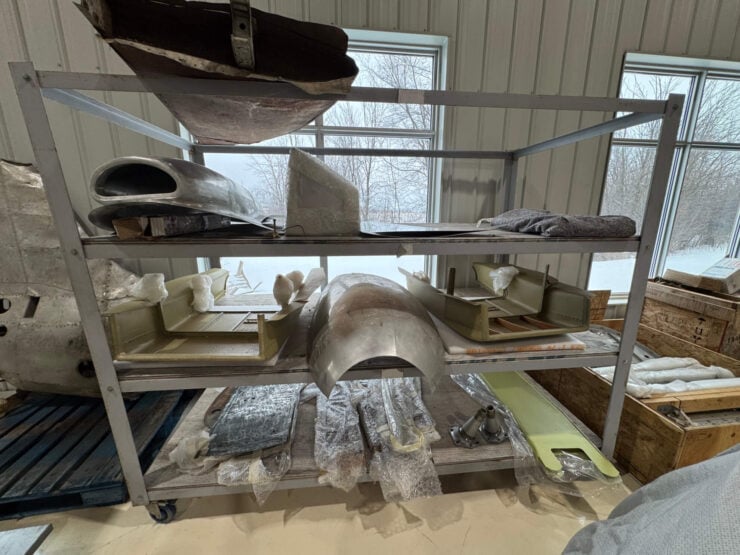
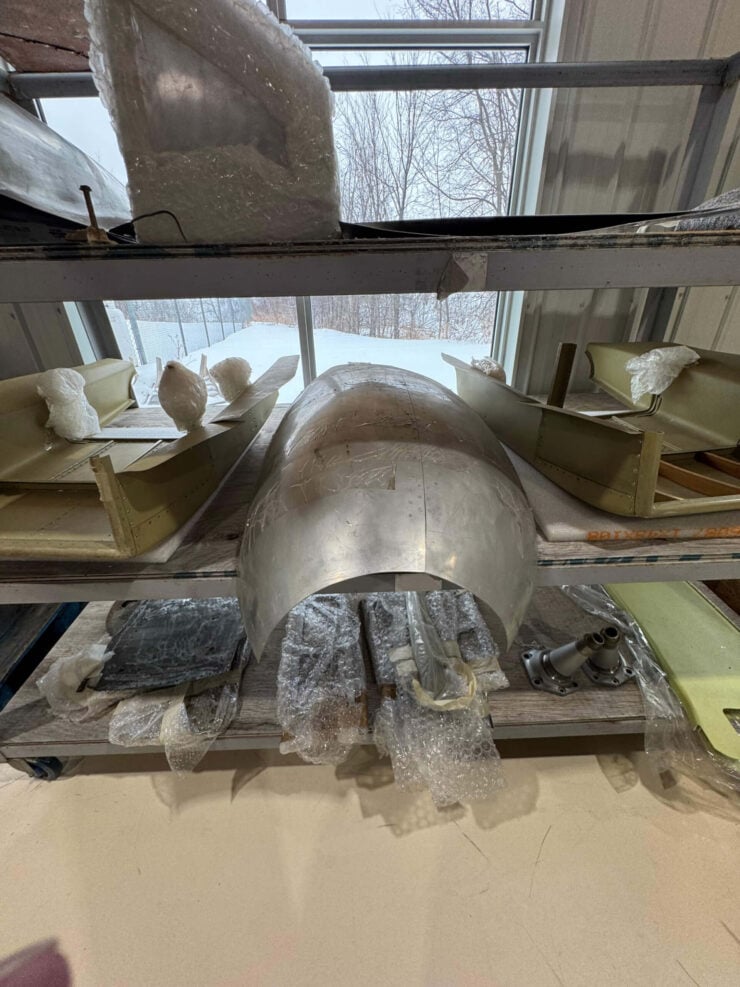
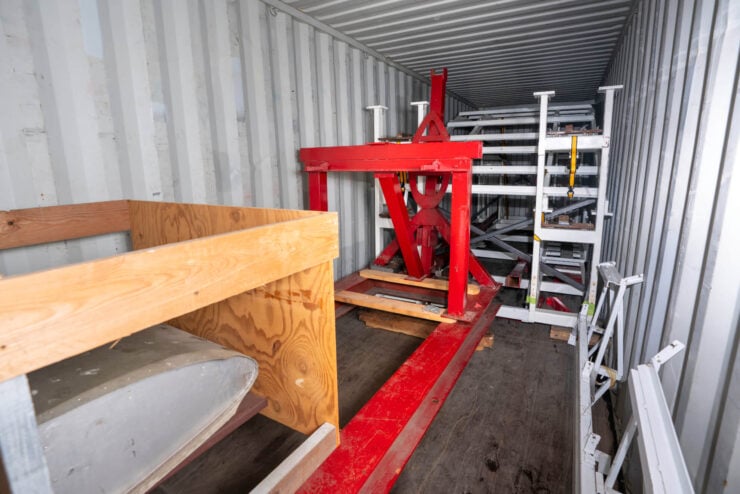
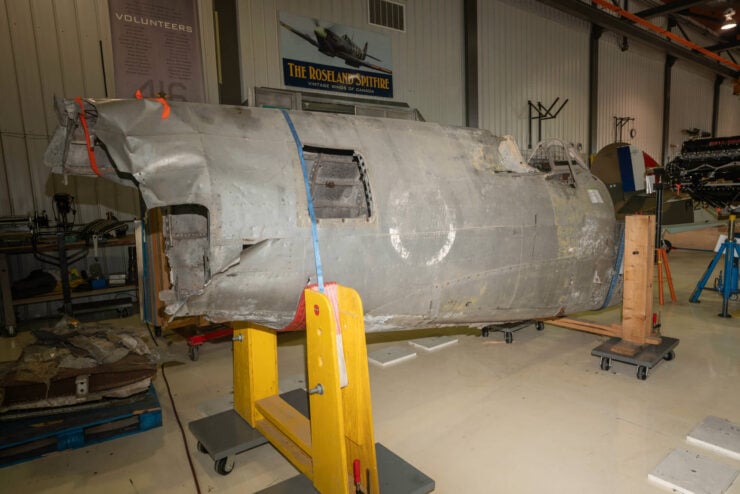

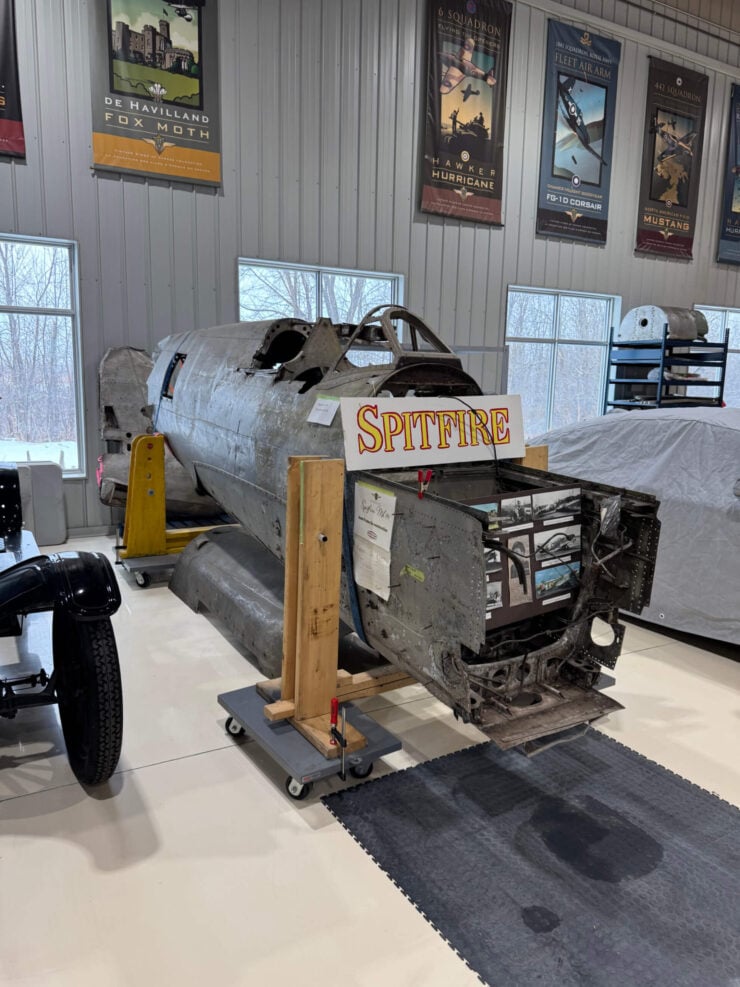
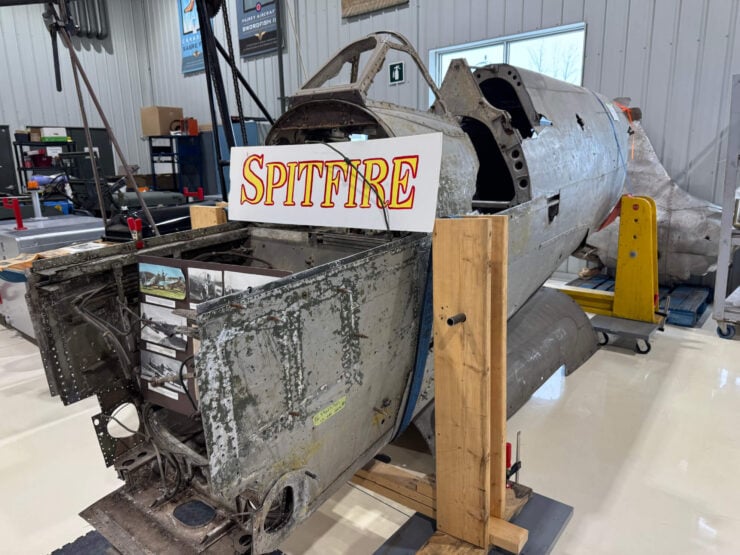
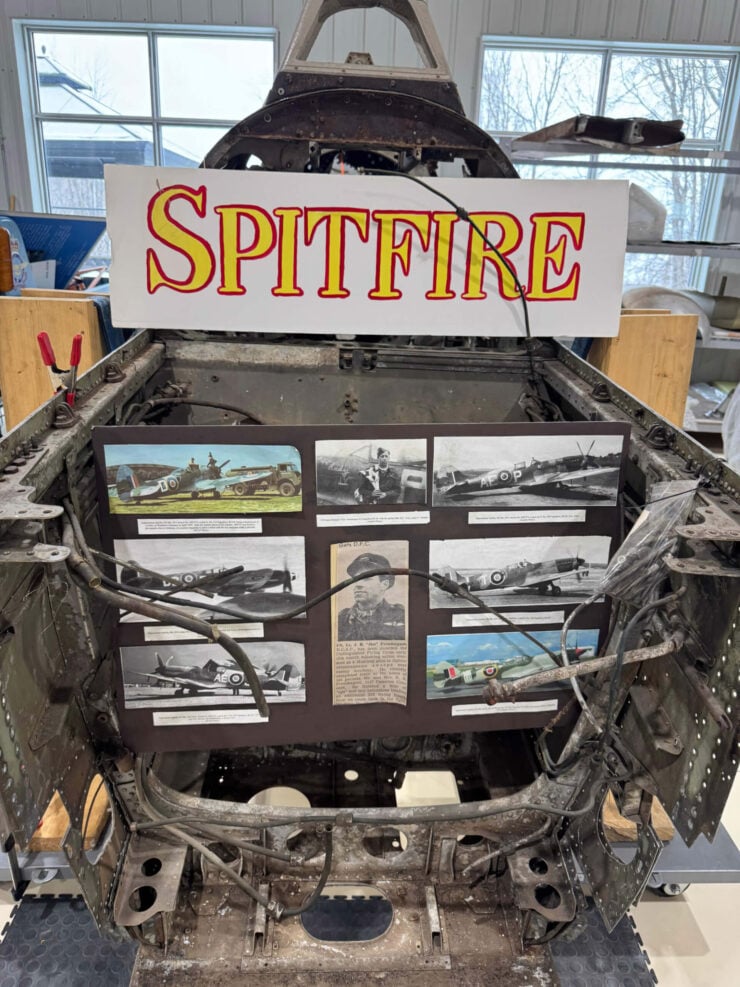
Images courtesy of Platinum Fighter Sales

